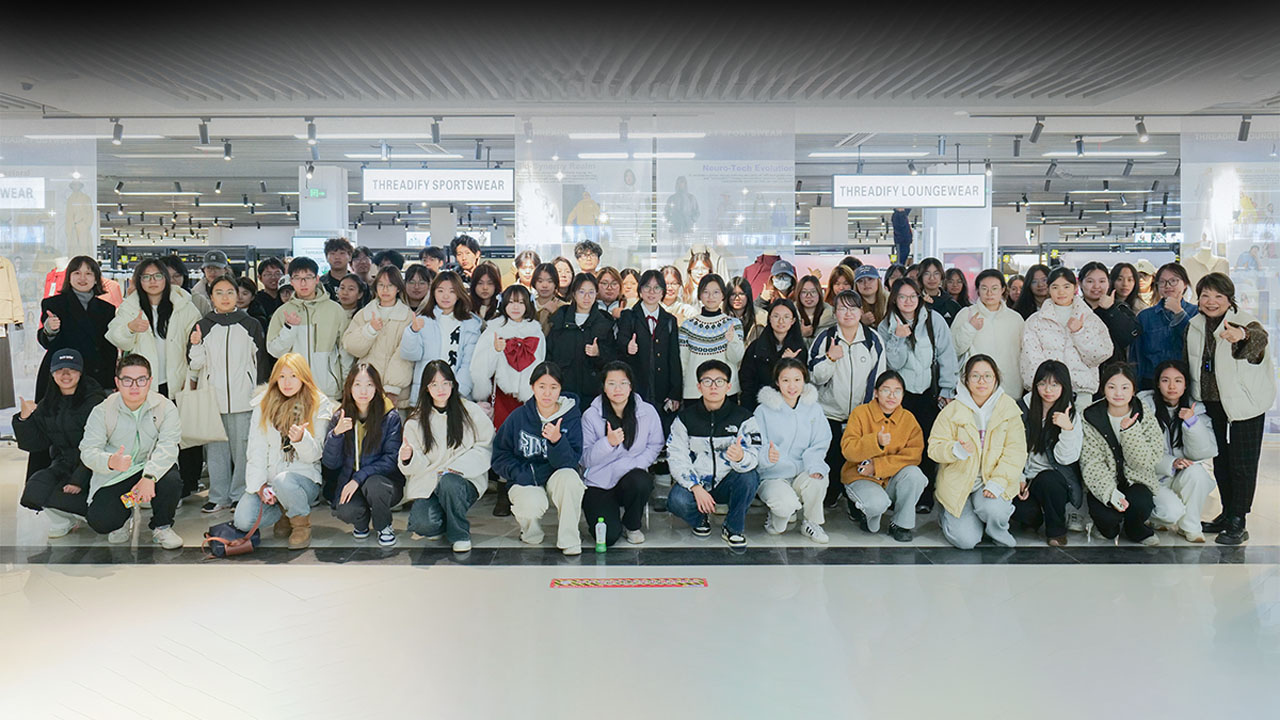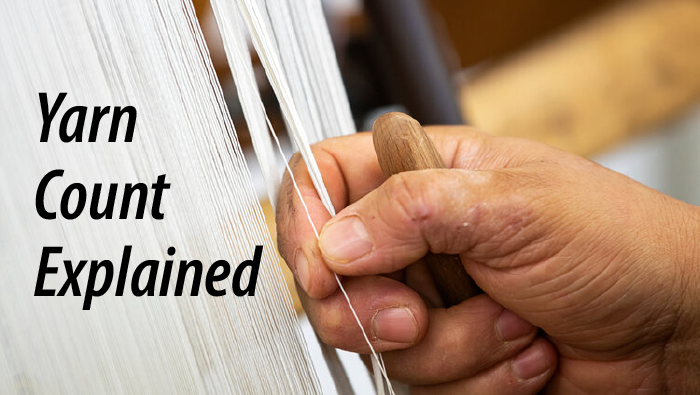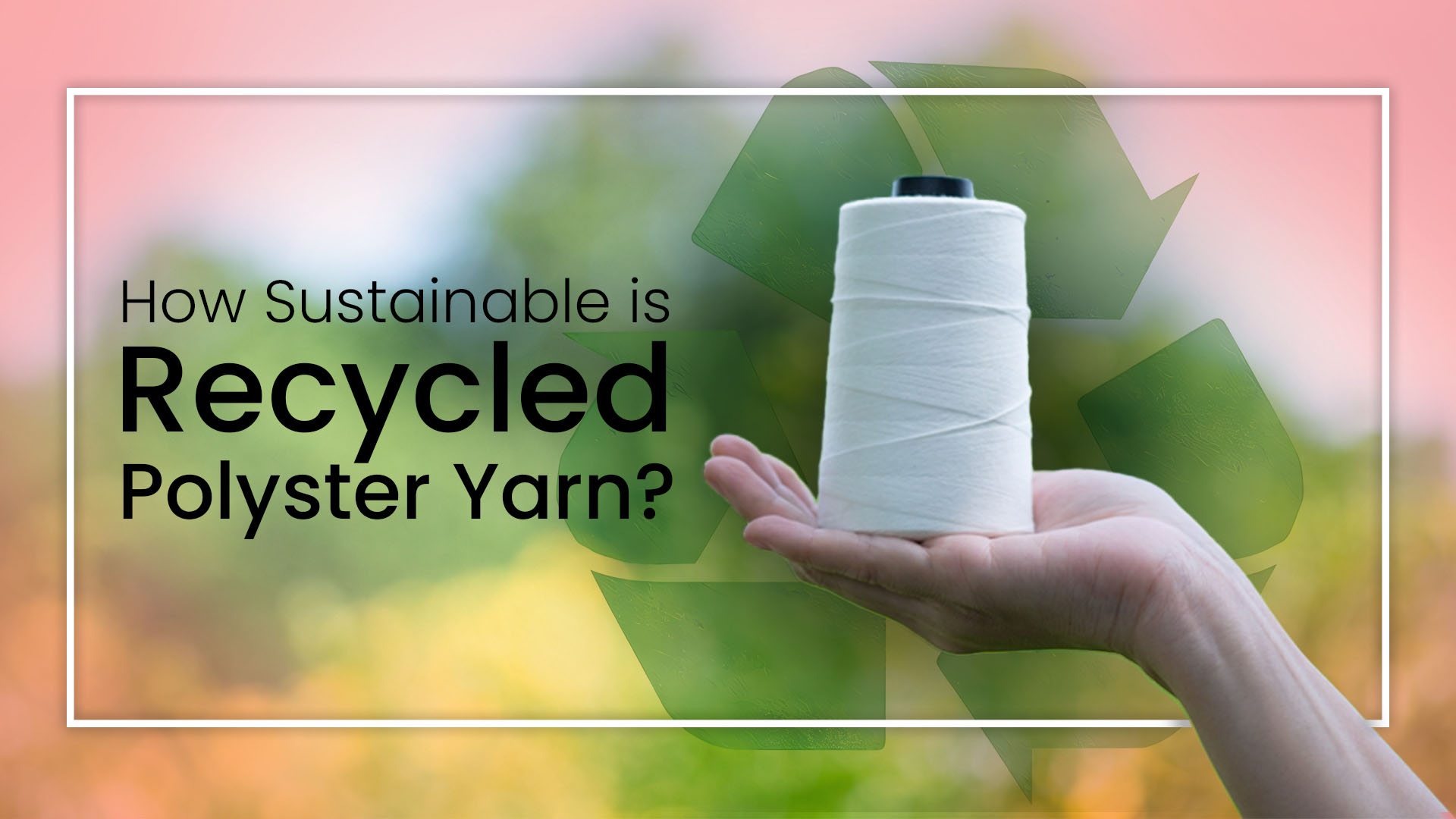
Is Recycled Polyester Yarn Actually Sustainable?
September 17, 2025 | Yarn
Recycle polyester (rPET) yarn is getting more and more popular lately. But what is recycled polyester yarn, where does it come from and is it actually as good as it sounds? Let’s find out.
What is Recycled Polyester Yarn?
Recycled polyester yarn is a sustainable synthetic fiber produced from post-consumer plastic waste—like PET bottles and fabric scraps—into new, usable yarn. It’s an eco-friendly alternative to virgin polyester.
What is Recycled Polyester Yarn Made of?
Unlike virgin polyester yarn, which depends on petroleum-based raw materials, recycled polyester yarn is created by reprocessing discarded plastics. This not only lessens the need for new resources but also helps keep waste out of landfills and saves natural resources.
What are the benefits of Recycled Polyester Yarn?
Recycled polyester yarn has several additional benefits compared to virgin polyester. Here are the key multi-dimensional benefits.

Environmental Benefits
Reduces Plastic Waste
Each year we generate roughly 121 million tonnes of PET bottle waste. Around 75% of it remains non-recycled and ends up in landfill or ocean. This level of plastic pollution poses a notable threat to our soil, wildlife, and marine life. But by turning them into recycled polyester yarn, we can keep them in circulation instead of polluting the environment.
Lowers Carbon Footprint
Recycled polyester yarn produces fewer greenhouse gas emissions and reduces reliance on fossil fuels.
Saves Energy & Water
Producing recycled polyester yarn uses less energy than extracting and processing new polyester yarn from petroleum. It also saves water during production, which is critical in water-stressed regions.
Conserves Resources
Virgin polyester comes from crude oil, a non-renewable fossil fuel. Recycled polyester yarn reduces dependency on oil and keeps resources in use longer.
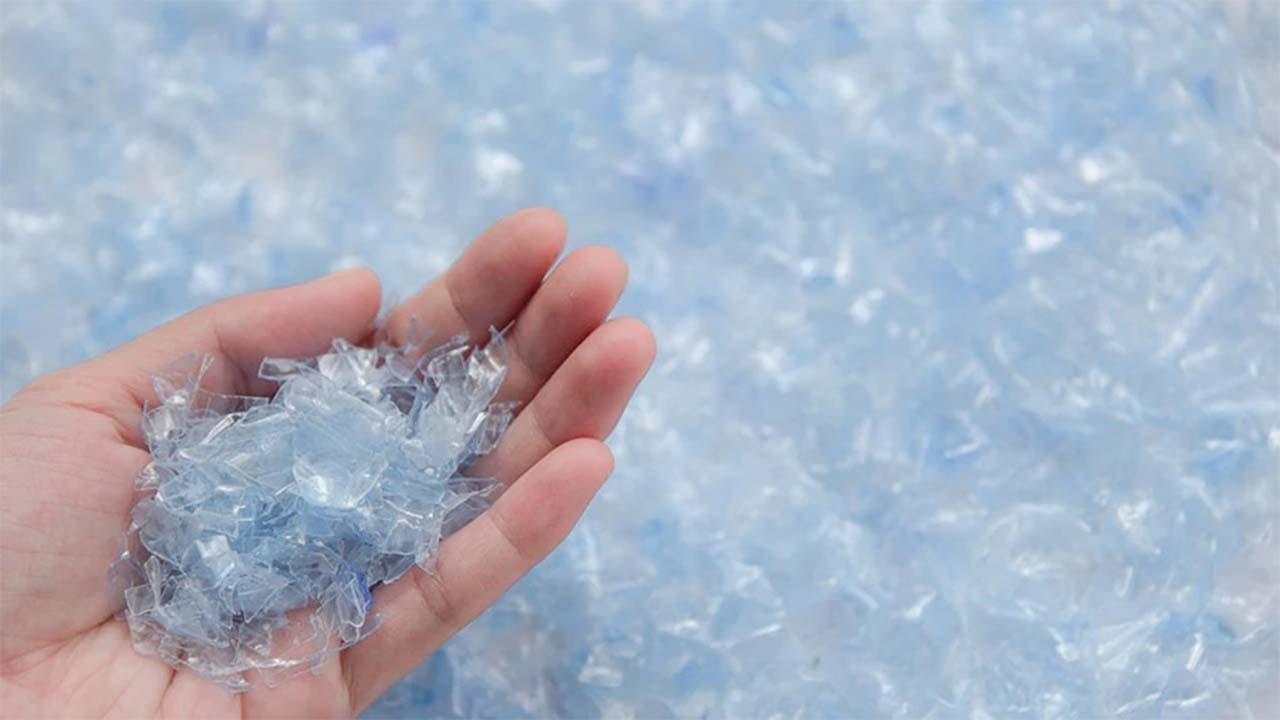
Material & Performance Benefits
Same Quality as Virgin Polyester
Recycled polyester yarn retains high tensile properties and strength, which are crucial for durability. These yarns involve adequate strength to withstand stress and tension without breaking. While also retaining characteristics like wrinkle resistance and quick-drying, ideal for sportswear and activewear.
Lightweight & Versatile
Recycled polyester yarn can be used in everything from fashion apparel and footwear to home textiles, automotive interiors, floor coverings and industrial fabrics.
Manufacturing Process Compatibility
It’s easily blended with natural fibers (like cotton and wool) or other synthetics fibers to create fabrics that balance comfort, durability, and sustainability.
Recycled polyester yarn is also compatible with procedures like weaving, spinning, dyeing & knitting in traditional machinery without needing notable adjustments.
Color Fastness
Recycled polyester yarn possesses strong resistance against bleeding, fading, or transferring colors to other components. Despite prolonged exposure to harsh environmental conditions, it retains the original color.

Social & Business Benefits
Supports Circular Fashion
Recycled polyester yarn extends the life cycle of plastics by giving waste a second life as textiles. It also encourages innovations in textile-to-textile recycling.
Meets Consumer Demand
There’s a growing preference among today’s eco-conscious customers, especially Gen Z and millennials, for sustainable fashion. They’re more likely to support brands using recycled materials.
Enhances Brand Reputation
Recycled polyester yarn helps brands show they’re serious about ethical and sustainable practices. It helps apparel companies strengthen their sustainability commitments.
Helps Compliance with Regulations
Governments and international bodies are pushing for reduced plastic use and circularity. Recycled polyester yarn helps brands stay ahead of new policies.
Recycled polyester helps reduce waste, cut carbon emissions, conserve resources, maintain high product performance, and build consumer trust. It’s a practical step toward sustainable fashion without sacrificing quality or scale.
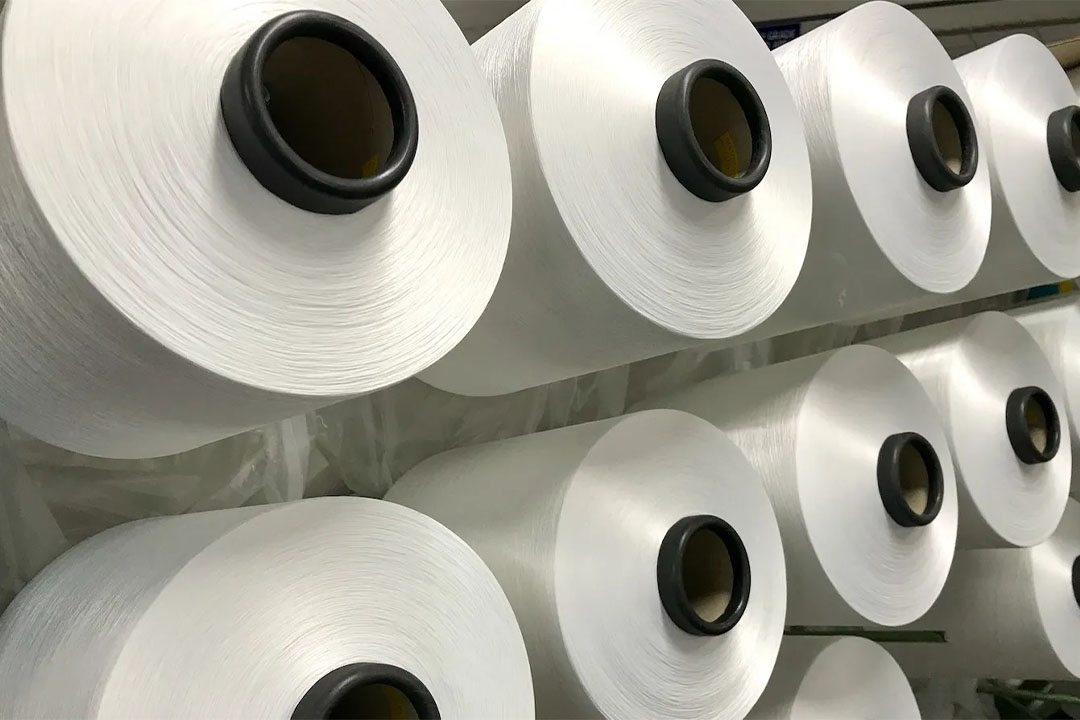
Challenges of Recycled Polyester Yarn
While recycled polyester yarn is a major step toward sustainable fashion, it does come with its own set of challenges
High Energy & Chemical Use
The recycling process—especially turning PET bottles into usable polyester yarn—still consumes a large amount of energy and often requires chemical treatments. This reduces some of the environmental benefits compared to natural fibers or closed-loop recycling methods.
Limited Textile-to-Textile Recycling
Currently, most recycled polyester yarn comes from PET plastic bottles, not discarded textiles. This means that while it’s reducing plastic waste, it isn’t fully addressing textile waste. Developing efficient “fiber-to-fiber” recycling systems remains a big challenge for achieving true circularity in fashion.
Microfiber Pollution
Just like virgin polyester, garments made from recycled polyester yarn sheds microfibers during washing. These tiny particles enter waterways, contributing to the global microplastic problem. While research is ongoing, effective large-scale solutions to tackle this issue are still limited.
Supply Chain & Scalability
The demand for recycled polyester yarn is growing fast, but supply chain infrastructure—especially for textile-to-textile recycling—is still catching up. This creates challenges in scaling production without depending too heavily on plastic bottles, which themselves are valuable for other recycling streams.
Is Recycled Polyester Yarn Truly Sustainable?
Recycled polyester yarn isn’t flawless, but it is a meaningful step forward.
Despite its challenges, recycled polyester reduces dependency on petroleum, lowers carbon emissions, gives plastic waste a second life, and provides brands with a scalable path toward more sustainable collections. It’s not a perfect solution, but right now, it’s one of the most practical tools available on the journey to a circular fashion economy.
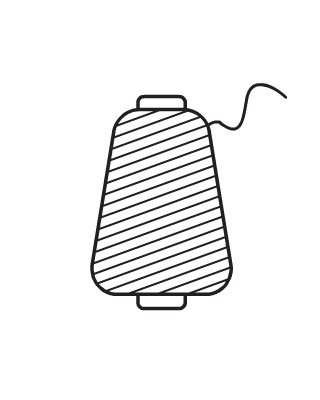



 Empty Cart
Empty Cart




